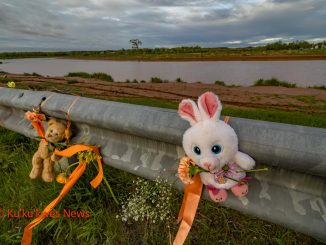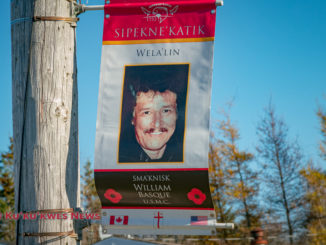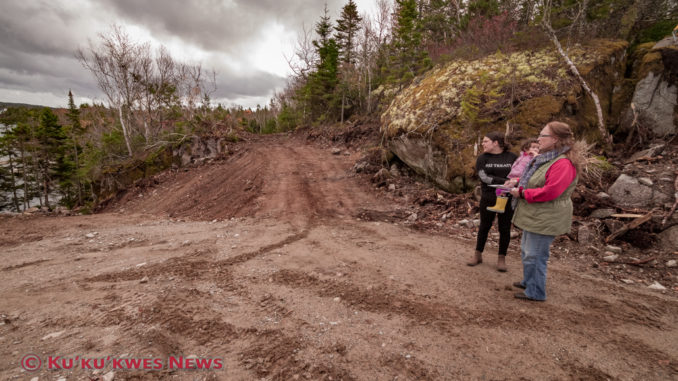
Several members of the Millbrook First Nation in Nova Scotia have more questions than answers after examining one of the three parcels of land in Halifax County that’s part of a $49-million land claim.
On Sunday, Jennifer Denny organized a day trip to Sambro, N.S., a fishing community located 25 km south of Halifax, so her fellow band members can see what they’re being asked to give up in exchange for financial compensation from the federal government.
“It’s a big eye-opener to see what the value of the land is for our own eyes and what we can see as the value instead of what’s just on paper,” Denny said.
“A lot of potential here for native people (like) fishing and it’s a shame that we didn’t know more about this long time ago,” Millbrook band member Jim Johnson said.
“It’s a gorgeous, gorgeous place and I feel we’re all getting robbed,” he said.
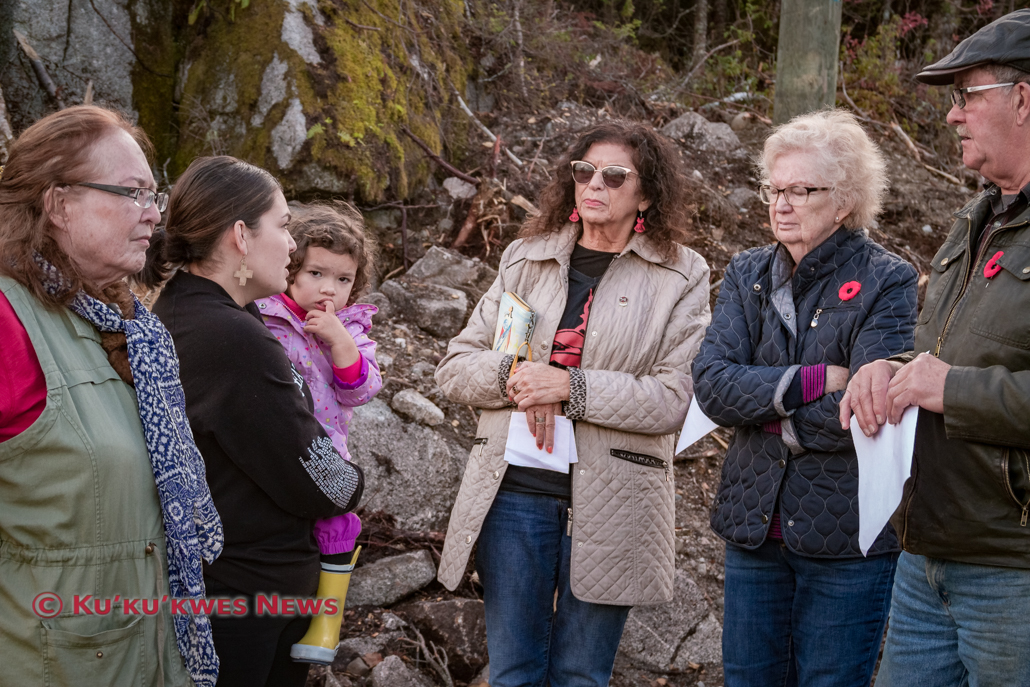
Band members of the Sipekne’katik and Millbrook First Nations are being asked to vote in a referendum either accept or reject land claim settlement agreement by the federal government. The referendum is scheduled to take place on Nov. 21.
“The communities and Canada have the fiduciary responsibility to provide us with the information on what we’re voting on and I feel we haven’t been provided with enough information that has gone in-depth to be able to make a prior informed decision going into the referendum,” Denny said.
Research into the 1919 land claim began in 1985
The 1919 land claim involves three Mi’kmaw communities that were located in Sambro, Ingram River near Ingramport and Ship Harbour near Lake Charlotte. In 1919, the federal government took surrender of the lands from the Mi’kmaw families living there. The families were then forced to leave their homes and they eventually relocated to Millbrook First Nation near Truro and Indian Brook First Nation (Sipekne’katik) near Shubenacadie. The total size of the surrendered lands was 552.5 hectares.
In 1985, both the Millbrook and Sipekne’katik First Nations began research into submitting a joint land claim with the federal government. The claim proposal was officially submitted in 2005 and the federal government accepted it in 2007. Negotiations began on a settlement agreement for monetary compensation and an additions-to-reserve entitlement.

In the claim, the two First Nation communities argued that the land surrender was invalid because the federal government misrepresented its intentions, failed to disclose its conflicts of interest, attempted to influence the outcome of the surrender and failed to comply with the 1906 Indian Act. As a result, the First Nations argued they were deprived of the use and benefit of the land since 1919.
Sipekne’katik and Millbrook submitted its latest proposed settlement to the federal government in July 2018. The federal government countered the offer in July of this year. According to a letter that was sent to Sipekne’katik band members on Oct. 10, the federal government’s settlement offer is “consistent with the positions and valuations contained in the July 2018 settlement proposal.”
Settlement agreement calls for a trust to be formed
The settlement offer includes $49-million in compensation minus $2-million to pay back a loan funding arrangement from the federal government for negotiations. Sipekne’katik would receive $27.8-million and Millbrook would receive $19.3-million. Band members in both First Nations would receive $3,000 each.
Each First Nation would be required to place the remainder of their compensation into a trust that would be administered by an appointed board of trustees. The money can only be used for projects and initiatives that would enhance economic development, infrastructure and housing. Each trust would be legally separate from the band and the band council would have no authority over it once it’s established.
Sipekne’katik and Millbrook will each receive an additions-to-reserves entitlement to replace the land that was lost in 1919. Sipekne’katik will receive 302 hectares and Millbrook will receive 210 hectares. Each First Nation can select land anywhere in Nova Scotia to expand their communities.
In return, both First Nations have to surrender their interests in the three parcels of land and release the federal government from any future claims regarding the land claim and settlement agreement. The First Nations would also have to indemnify the federal government against any proceedings related to the agreement.

The chiefs and councils of both First Nations are recommending their band membership to accept the settlement agreement.
“After careful considerations, each of the Councils believe that it is in the best interest of our communities to put this claim behind us and to use the compensation package to help us continue to build a better future,” Sipekne’katik Chief Sack wrote in a letter to band members.
In the same letter, Chief Sack explains that alternatives to the settlement such as court action or going before the specific claims tribunal “would be lengthy, costly, and there would be no guarantee that a better result, or even the same result, could be achieved.”
Ku’ku’kwes News reached out to both leaders for Sipekne’katik and Millbrook. Sipekne’katik Chief Michael Sack did not respond to a request for an interview. Millbrook Chief Bob Gloade said he wasn’t available for an interview due to the death of a family member.
“We’re majorly being robbed.” – Jennifer Denny
On Sunday, four other Millbrook band members joined Denny and her family in touring the land that’s part of the settlement agreement in Sambro. The group crowded into a chartered minibus and drove down roads where residential development is currently underway.
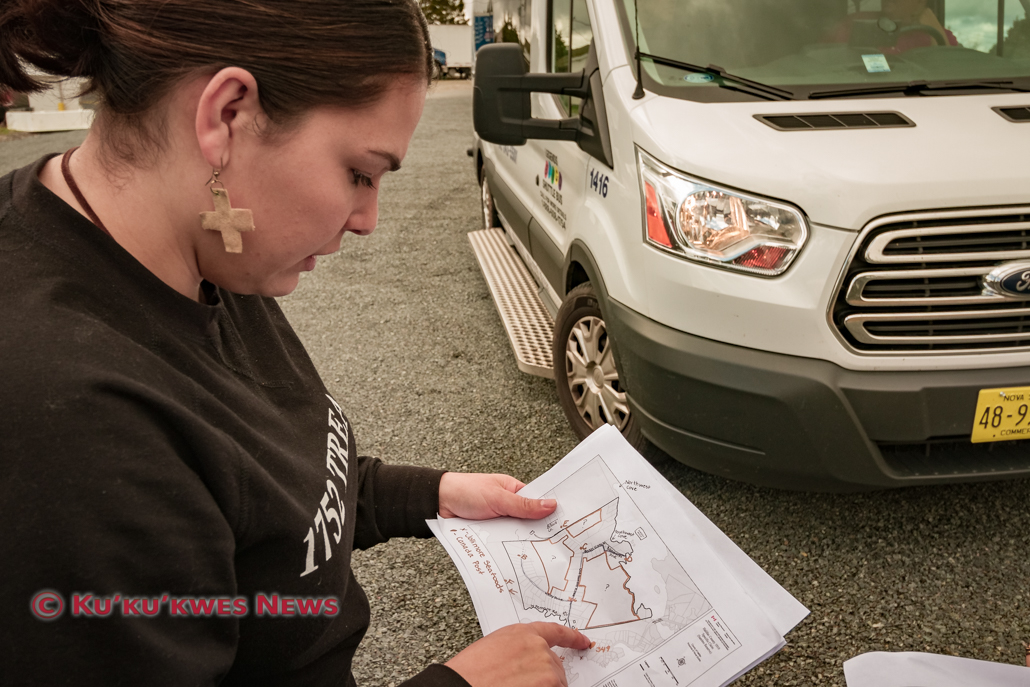
Denny said the $49-million in return for the absolute surrender of the three parcels of land in Halifax County is not enough.
“I’ve done the numbers prior to this trip and the first appraisal that I did through my research findings online, looking at the lots and the average price per lot and it came to a total of $120,000 per lot,” Denny said.
“So if you want to add that up and add up all these lots of land and then take into consideration the waterfront access, the proximity to a major tourist attraction, Crystal Crescent Beach, we’re majorly being robbed,” she added.
Denny wants to know why only gaming revenue was considered in calculating the loss of income for Sipekne’katik and Millbrook and not other revenue streams like fishing and tourism.
Mi’kmaw artist Teresa Marshall, who is also a member of the Millbrook First Nation, said she hasn’t received enough information on the negotiations process to make an informed decision.
“There’s just not enough answers for me about what’s really going on here,” Marshall said. “They’re just expecting us to blindly go ahead and vote in their favour. It’s crazy,” she said.
Like Johnson, Marshall says Sambro is a beautiful community and she would like the option of living in the area as a band member instead of voting to give up her claim to the land in exchange for compensation.
“I would love to be able to live out here on the water,” Marshall said. “Oh, it smells so great out here.”
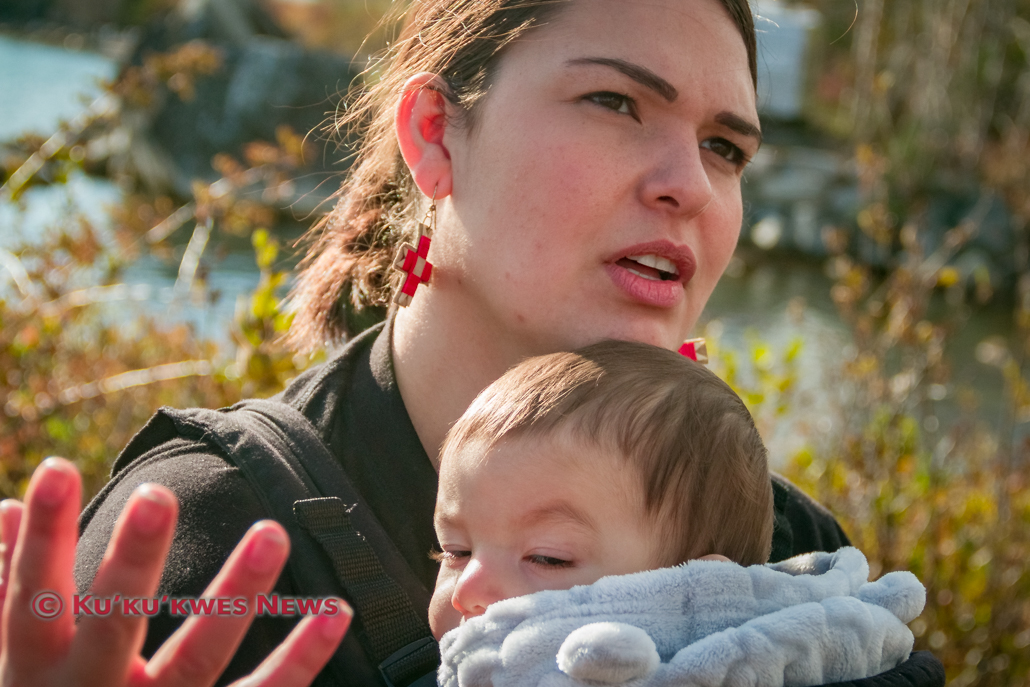
Denny said she plans to vote against accepting the settlement agreement on Nov. 21. If the vote is in favour of accepting the deal, she won’t accept the $3,000.
“I am a direct descendant of Jean Baptiste Cope who signed the earliest treaties on the Atlantic Coast. And as a treaty descendant, I feel it’s my responsibility to be that one person that’s not going to take the money,” Denny said.

